7 Simple Rules for Minimalist Living on a Low Income

I'm sharing my basic principles of minimalist living on a low income. I'm a freelancer in Russian Siberia, making an average of $300 to $500 a month. There are some months when this sum can be only $100 or $200, and there are months when I can earn up to $1,000, but that rarely happens.
With these drastic fluctuations, I figured out seven financial and minimalist lifestyle rules that work perfectly for me and my small salary.
1. Try not to experiment
Rule number one: try not to experiment. It took me a while to come to this conclusion, and by experimenting, I mean trying a new face lotion or clothing item you haven't bought before.
I've had trouble with my skin for a while and always hoped to find a magic solution, but there was none. A lot of money was spent on different creams, lotions, toners, ointments, et cetera.
Experimenting is always about the risk that the new product that you tried won't work, and you will still have to buy your usual one. So I'm trying to minimize this risk as much as possible, and therefore, I stick to my two old friends who haven't let me down yet.
2. Earning more doesn't mean spending more
As I said, my monthly earnings vary a lot. I used to spend money on something extra that I didn't need just because I earned that little bit of extra money.
I work with my brain, and intellectual and creative jobs are hard. After completing a big project, I often want to reward myself for my hard work. I figured out that earning more doesn't mean I should spend more. This is where the philosophy of minimalism is perfect.
Another way that keeps me from spending extra money is converting that money into my time. For example, $20 may not seem like a significant sum of money for a face lotion or an underwear set, but it's about one day of work for me. So is that face lotion or underwear set worth one day of my life? No.
3. Have several stashes
Rule number three is to have several money stashes. I'm a squirrel in this way, and it comforts me to know that I have a couple of different places with small safety nets. It can be a PayPal account, different e-wallets, or physical stashes in my apartment. I'm not touching those stashes unless I need to.
In the past two years, I had urgent situations when those savings made a great difference for my family. Maybe it's also a Soviet heritage because my father used to hide money all over the place for any emergency situation.
He recently passed away, and I found his last secret stash of $100, which turned out to be a huge help to me. The only trick here is not to forget where all your stashes are.
4. Find a free version
Try to find a free version of something that you want or need. I know there is a thin line between free and illegal resources, and I'm doing my best not to stick to the letter by the end. For example, graphic design programs or professional translation programs are too expensive for me to afford.
So would I choose to go to a dentist or buy a crazy expensive Silicon Valley product? Definitely the dentist and getting a free, correct version of the program. I firmly believe that every person on Earth should have equal access to production tools and educational resources.
5. Allow yourself little consumerist joys
I'm not a monk, not an enlightened guru or something. I love spending money on things that bring me joy, such as hobby supplies, gifts for my loved ones, artisan items, and good food.
If I want to buy fantastic yarn to knit a new hat, I can save on groceries for a week and walk more instead of using public transport. It's important not to deny yourself something you want or cannot stop thinking about. It just takes some effort to balance earnings and spending.
6. Healthcare and shoes
This rule is about some things that I never save money on. It's health care, and somewhat unexpectedly, it's shoes.
With health care, I guess it's understandable. Here in Russia, most of health care is free, but certain areas, such as dentist services or some different tasks, require some payment, and it's easier to pay.
I usually choose the best clinics in the city for those services. It's worth it because I've tried different variants to save money on that, and the results were not satisfactory.
As for shoes, I guess it comes from my grandfather, who was a cobbler, and he taught my father how to take care of shoes and how to figure out which shoes are worth the money and which are definitely not. I inherited that knowledge.
This summer, I bought a pair of good sneakers for $50, which is quite a lot for sneakers for me, but they were from a brand that I know fits me well. I've been wearing them all summer and this first half of autumn, and I can't be happier.
7. DIY
Finally, rule number seven is to DIY whenever I can. Life circumstances made me DIY from a very early age. I never stopped sewing, knitting, crocheting, making my own jewelry, notebooks, and so on.
With DIY, it's not just about making something from scratch but remaking things and repurposing them. It's a pure form of practical creativity, and I don't think I will ever stop resorting to it.
Minimalist living
Those are my seven rules for minimalist living on a low income. I hope they help you on your minimalist living journey. If you have something to add or want to share your experience, please add it to the comment section below.

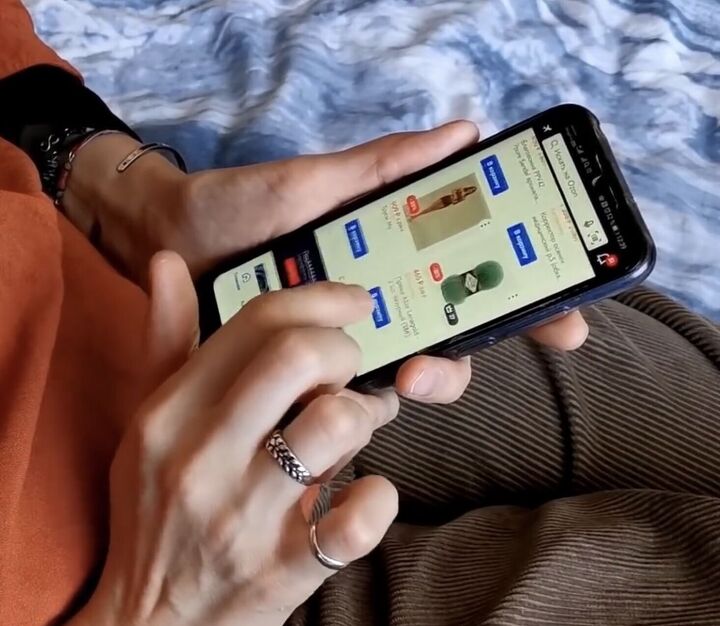







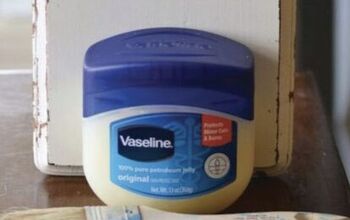
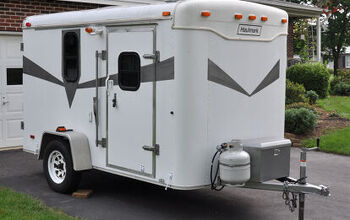



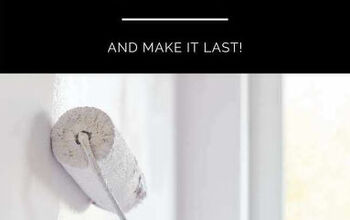






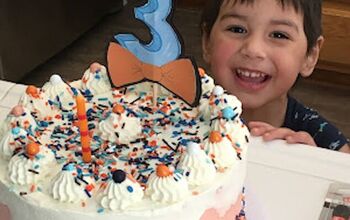
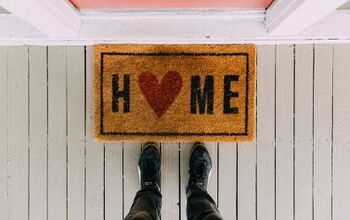
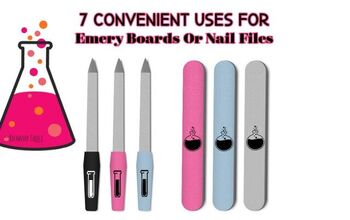

Comments
Join the conversation